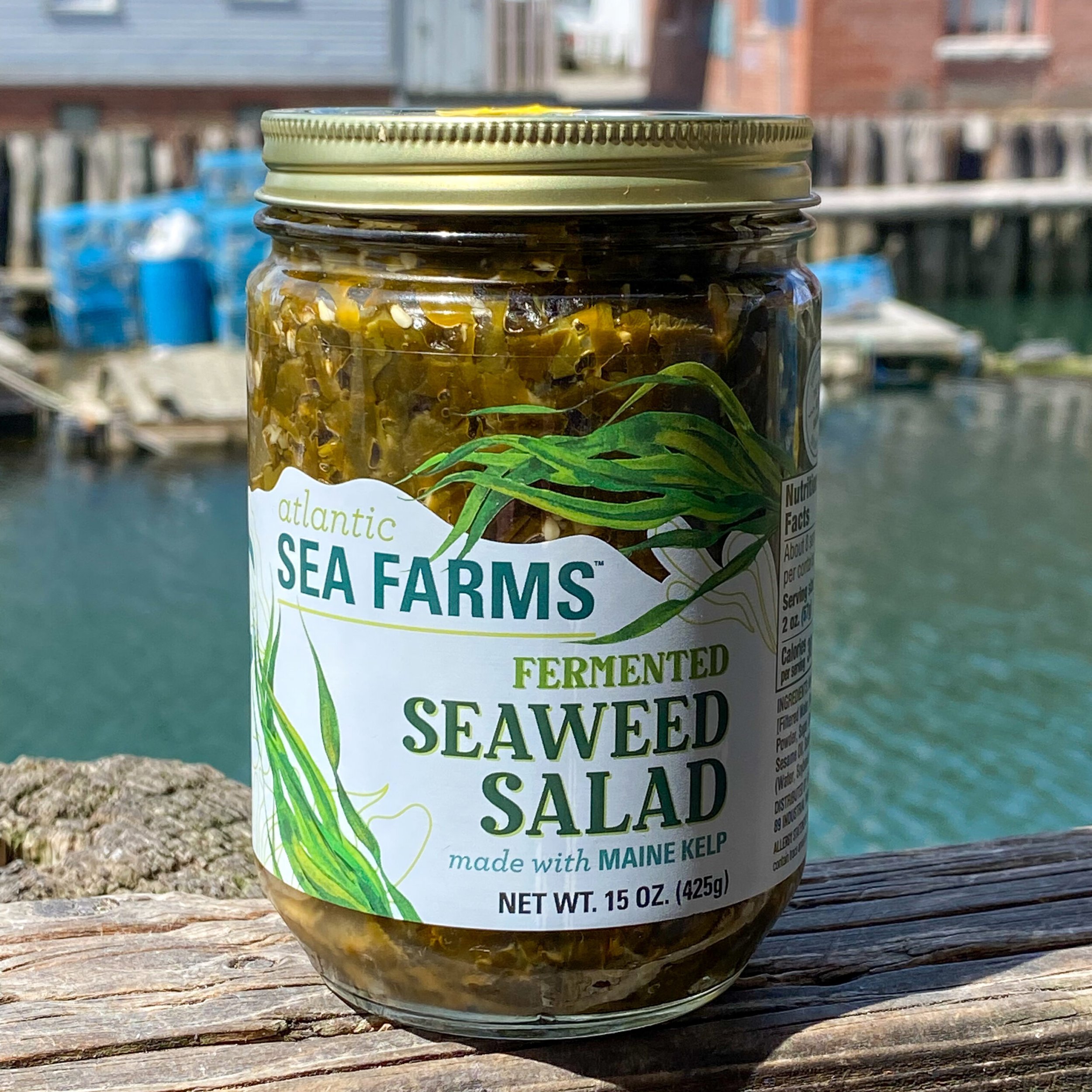Preserved pantry: Our Inherited Ancestral Wisdom
Some time ago, before the luxuries of owning refrigerators or having food transported from various ends of the world, at the end of each harvest season, our ancestors worked hard to preserve the fresh foods they had available. Whatever was sourced seasonally would be their food during the winter or the low-harvest seasons, so they had to store it in a safe way that would keep its nutrients while also surviving for at least a few months.
Today, we have inherited a rich variety of food preservation practices from all around the world. Among them are food dehydration, vinegar pickling, fermenting, pressure canning, olive oil preservation, and water baths, to mention a few. As this is a wide and vast topic, we’ll start by having a look at a few practices.
Preserving vegetables
When we talk about preserving vegetables, some of the processes included pickling and fermenting in jars. Pickled foods are soaked in an acidic brine, while fermented foods are a result of a chemical reaction between naturally present sugars and gut-healthy bacteria. If you are a parent who is interested in pickling vegetables and wants to get their child involved in the kitchen, we recommend our Pickling Starter Kit for Kids.
Preserving Seaweed
Speaking of vegetables, we have to mention that marine vegetables have also been preserved for centuries. Seaweed and kelp have been pickled and fermented for a very long time. You can try to pickle them on your own by following this amazing recipe or enjoy the Fermented Seaweed Salad produced by Atlantic Sea Farms.
Preserving fruit
Fruit used to be dehydrated by air and sun, pressure-canned into compotes, or boiled in honey and turned into jams and chutneys. For thousands of years, way before sugar, honey has been widely used as a preservative, and it wasn't limited to preserving fruit—meats and fish were also stored in honey.
Preserving fish: The Norwegian way
It’s so humbling to look back and see how our ancestors were preserving fish in Norway. For more than a thousand years, preserved fish has played a vital role in Norwegian history because it nurtured our Viking ancestors with much-needed sustenance in a tough environment both at home and during their epic voyages at sea.
Rakfisk is typically prepared with trout, char, or any freshwater fish available, and made by salting and fermenting fish for a few months or up to a year. The fish is preserved through a process called raking, that’s where the name rakfisk comes from. We have talked more about it here.
Tørrfisk fra Lofoten is a world-famous naturally dried Atlantic cod caught around one of the richest fishing areas, Lofoten and Vesterålen, from January to April.
Boknafisk is following the same process of preparation as tørrfisk, but codfish are headed, gutted, and then hung to dry on wooden racks or walls in the cold winter air.
Røkelaks (or as we know it today, Norwegian smoked salmon) is one of the most popular smoked salmon varieties. The practices here vary—the salmon can be wet or dry-cured, while the smoking process can be hot or cold (the latter being more popular in recent years). Beech or other wood chips can be added during smoking. Our sustainable Atlantic salmon stands out for its quality, bright pink color, and tender flesh.
In addition to all these different ways of preserving salmon, it can be also… pickled.
Try our preserved salmon varieties, which include our smoked salmon and Fishwife canned salmon, or pickle your own by purchasing our fish in-store at Whole Foods Market or online at Thrive Market.





